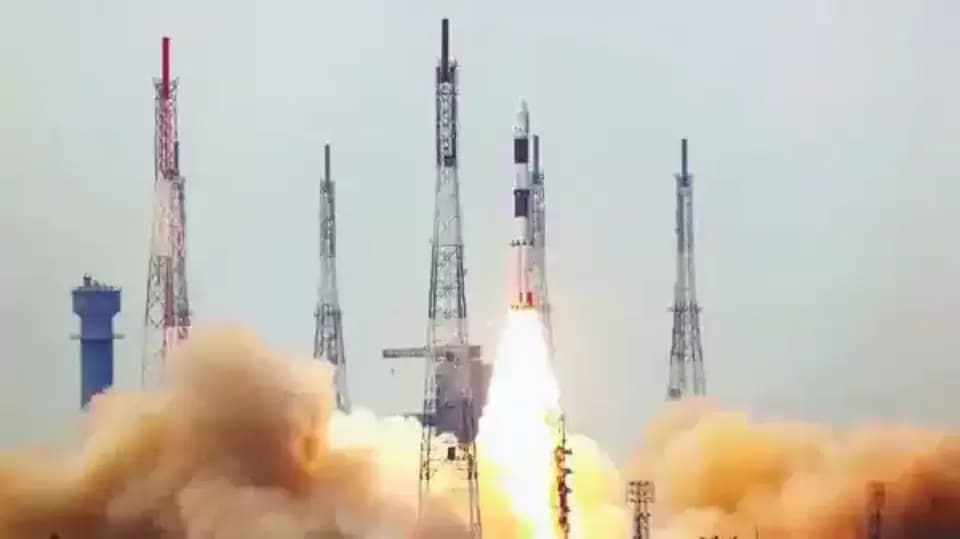ISRO PSLV-C54 launch on Nov 26 with Oceansat-3, 8 nano satellites
The Indian Space Research Organisation will launch PSLV-C54/ EOS-06 mission with Oceansat-3 and eight nano satellites, including one from Bhutan.


The Indian Space Research Organisation will launch PSLV-C54/ EOS-06 mission with Oceansat-3 and eight nano satellites, including one from Bhutan, on board from Sriharikota spaceport on November 26.
The launch is scheduled at 11.56 am (rpt 11.56 am) on Saturday, said the national space agency headquartered here.
Asked about the passengers aboard the rocket, a senior ISRO official told PTI on Sunday: "EOS-06 (Oceansat-3) plus eight nano satellites (BhutanSat, 'Anand' from Pixxel, Thybolt two numbers from Dhruva Space, and Astrocast - four numbers from Spaceflight USA).
Earlier on November 8, Earth Sciences Minister Jitendra Singh had revealed that India will launch the Oceansat-3 satellite on November 26.
Singh said the Ministry of Earth Sciences has taken the notion of 'marine surveillance' to a new level, where space applications are also being deployed to share the valuable inputs with the security agencies, an official statement said.
Singh had made the remarks at the first ever joint society meeting of autonomous institutes of the Earth Sciences Ministry, namely Indian Institute of Tropical Meteorology (IITM), Indian National Centre for Ocean Information Services (INCOIS), National Centre for Earth Science Studies (NCESS), National Centre for Polar and Ocean Research (NCPOR) and National Institute of Ocean Technology (NIOT).
He also informed the meeting about greater use of the global navigation satellite system as one of the key sources of position information, alongside radio navigation systems, which exchange information with nearby ships and land-based vessel traffic services (VTS) on a vessel's position, course and speed.
Reviewing the design and development of manned submersible, MATSYA 6000, Singh said shallow water testing of the vessel was likely to be carried out during the first quarter of 2024 using the NIOT-MoES research vessel ORV Sagar Nidhi.
He said that based on the ongoing progress it was expected that all the long lead components for MATSYA-6000 shall be realised by the third quarter of 2023 to proceed for the sub-component integration and testing.
The battery-powered submersible MATSYA 6000 shall have the capability to carry three persons up to 6,000m water depth and perform scientific exploration with a normal endurance period of 12 hours and emergency support for 96 hours.
The manned submersible will have the advantages of carrying scientists to deep sea areas for research on life in extreme environments by biological sampling, habitat analysis and in situ experiments for ocean mineral exploration.
Catch all the Latest Tech News, Mobile News, Laptop News, Gaming news, Wearables News , How To News, also keep up with us on Whatsapp channel,Twitter, Facebook, Google News, and Instagram. For our latest videos, subscribe to our YouTube channel.


























